This week, journalist, retailers, collectors, and influencers from around the globe will flock to Basel, Switzerland, for the world’s largest watch show, Baselworld. The WatchTime team, of course, will be among them. Because of the frenzied pace of the show, most Baselworld visitors don’t get to see much of the city. That’s a pity because there is a lot more to it than the show. Here are 21 things to know about what’s beyond the watch halls.
1. Tennis legend Roger Federer was born and raised in Basel. He has called it “one of the most beautiful cities in the world.” That’s a homer’s view. But it does have beautiful spots, especially in the Old Town and in places along the Rhine.

2. Basel is Switzerland’s third largest city after Zurich and Geneva. But it is not big. The total population was 171,017 in 2017.
3. Don’t be confused by the different spellings of the city’s name. Depending on the language, they are all correct: Basel (American English and German), Basle (British English) and Bâle (French).
4. One of the great charms of the city is its numerous public fountains, more than 170 of them.
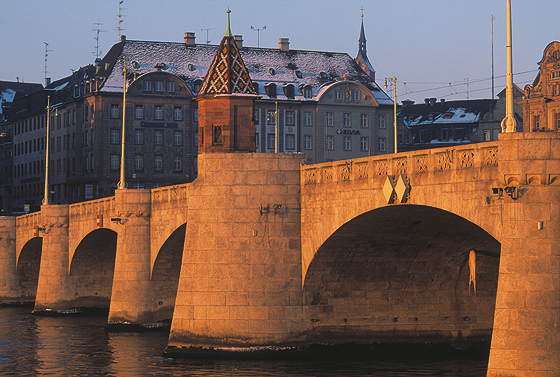
5. The Rhine River splits the city in two: Big Basel (Grossbasel) and Little Basel (Kleinbasel), where the Baselworld complex is located. Inevitably there is a rivalry. One of the town’s monuments is the Lällekönig (“the Tongue King”), a figure of a crowned head fixed to a wall of a café just off the Mittlere Rheinbrücke (Middle Rhine Bridge) in Big Basel. The “king” looks over at Little Basel and sticks his tongue out at it.
6. That bridge was the city’s first one across the Rhine. (There are now six.) The original was built in 1225. The current one dates from 1905. It is a 10-minute walk from the Mustermesse, as the locals call the fairgrounds.
7. It’s one of the few bridges in the world with a chapel at its center.
8. Switzerland’s oldest university was founded in Basel in 1460. Luminaries like the German philosopher Friedrich Nietzsche and the Basel-born Swiss theologian Karl Barth taught there. Nietzsche lived in Basel from 1869 to 1879.
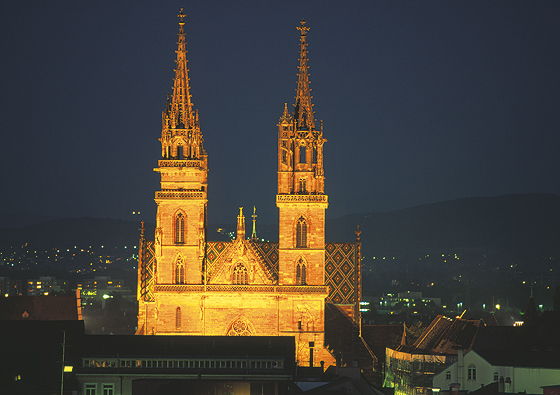
9. The great 15th-century humanist Erasmus of Rotterdam loved Basel, settled there at three different periods of his life, published some of his most important work there and is buried in its cathedral.
10. The cathedral (“Münster”), located at the highest point above the Rhine, is one of the city’s greatest landmarks. Parts of it date from the 9th century.
11. Basel boasts Switzerland’s oldest and largest zoo, founded in 1874.
12. With more than two dozen museums, Basel is a cultural hot spot. One of the best private collections of contemporary art in the world is on display in the Beyeler Foundation.
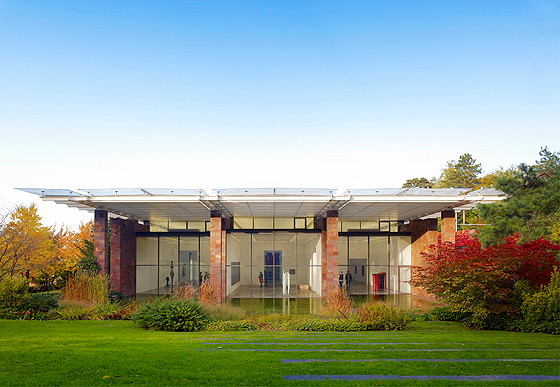
13. In 1967, Basel residents voted to have the city spend 6 million Swiss francs of public money, plus SF2.4 million raised privately, to buy two Picasso paintings for the art museum. Picasso was so touched that he donated three paintings and a drawing to the city.
14. Brahms gave his first solo piano recital in Basel (1865).
15. When Andy Warhol attended the city’s famous Art Basel exhibition, his favorite hangout was Chez Donati, one of the city’s best-known restaurants.
16. Three countries meet at Basel: Switzerland, Germany and France. Switzerland marks the exact meeting point with a missile-like object called “Dreilanderpfahl” (literally “three country post”). Walk around it and you set foot in three countries in 6 seconds.
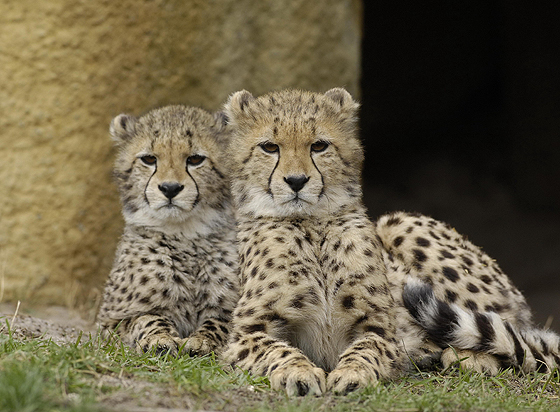
17. The first World Zionist Congress, convened by Theodor Herzl, was held in Basel in 1897. When it ended, Herzl wrote in his diary, “At Basel I founded the Jewish State. If I said this out loud today, I would be greeted by universal laughter. In five years perhaps and certainly 50 years, everyone will perceive it.”
18. A six-century-old local delicacy is a rectangular hard spice biscuit, made from honey, sugar, flour, hazelnuts, and kirsch, called Basler Leckerli. It is said to have been created during the Roman Catholic Council of Basel (1431-1449) to feed the church dignitaries.
19. How Swiss is this? Basel offers tours of the sewer system. The 75-minute tour follows the Birsig River as it runs underground. Cost: SF250 per group.
20. Beethoven’s flute is in Basel, one of 650 musical instruments spanning five centuries displayed in the Music Museum, part of the Basel History Museum.
21. Last but hardly least, three notable collections of timepieces (more than 600 sundials, mechanical clocks and watches) are on display in the city’s Kirschgarten Museum.
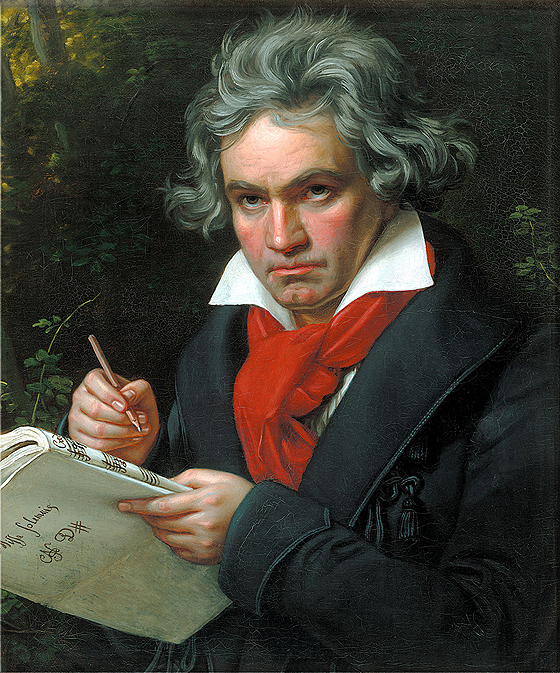

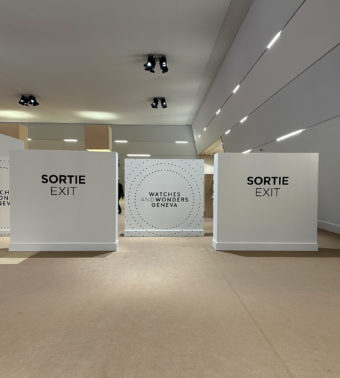
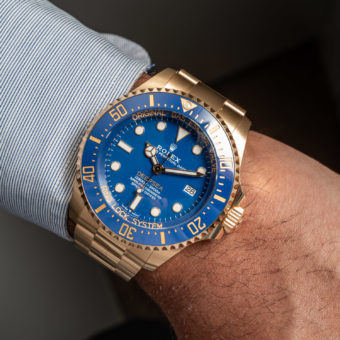
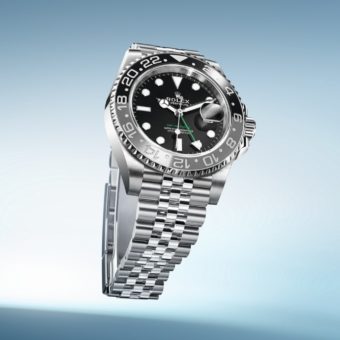
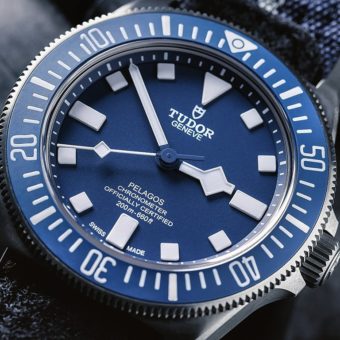
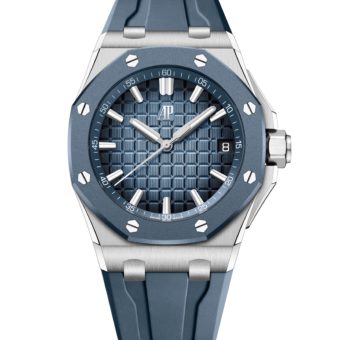
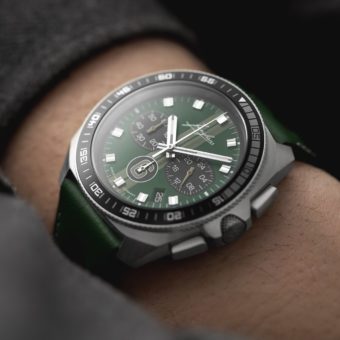
Mark, A great travelogue of one of the worlds most interesting cities at the confluence of where Switzerland, Germany and France meet, with the Rhine and the Border crossing, back and forth. From my first visit, my memories transformed me to a Frederick Forsyth Novel, where images of people crossing the Bridges in Black leather, or the Bahnhoff’s with characters there to this day. For all the great dining provided, there is nothing better than a Brat outside the Messe “mit” or “son” bread and the camaraderie of so many people from the word over on a bright weekend day. Safe travel and enjoy, a special place.
Basel is so much more than just clocks and great timepieces! It has soul and character…….
Basel is much more than just the display of novel timepieces, even great ones!
How long does the Baselworld Fair last? Is it limited to only new watches? Thank You.
Until March 26, it is mostly about new watches and it’s open to the public.
The Kirschgarten Museum timepieces include fabulous enamels wonderfully displayed. Also on display but not well marked when I was there is a prototype built b Thomas Mudge for a local named Huber which is the first prototype remontoir and also has the elements of a lever escapement, the first one.
A lot has been written about this item.
The Museum has a lot of other items including old shop signs toys and home decorations so its a good place for your significant other.
Its catalogs a well written and illustrated and very well priced.
To me it is the most under rated horological museum in the world.